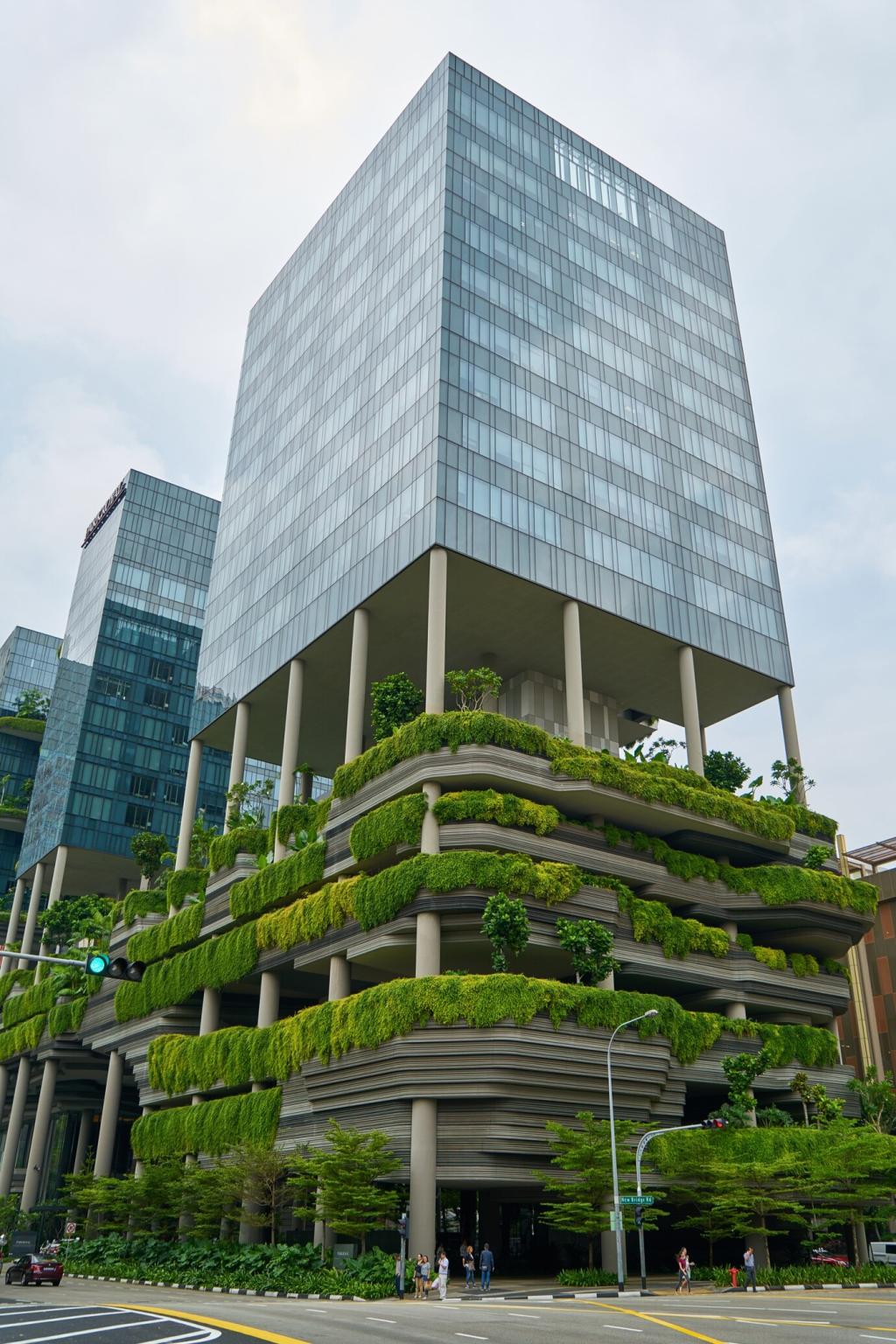Maximizing Food Production with Vertical Gardens in Urban Areas
Vertical gardens are transforming the way cities approach food production. As urbanization accelerates, available spaces for traditional agriculture dwindle and the demand for local, fresh produce rises. Vertical gardens, also known as living walls or green walls, offer a remarkable solution by utilizing vertical space to cultivate a variety of edible plants. This sustainable practice not only supports urban food security but also improves air quality and city aesthetics. Through innovative techniques and strategic implementation, vertical gardens can maximize the yield of food crops in the heart of bustling urban environments.

Redefining Urban Agriculture
Urban agriculture often struggles with limited access to land, exposure to pollution, and logistical challenges associated with large-scale farming in cities. Vertical gardens address these issues by stacking layers of plants vertically, sometimes using hydroponic or aeroponic systems, which require minimal soil and water. This technique increases the density of crops per square meter, enabling urban residents and businesses to participate in local food production. Additionally, these systems can be incorporated into both residential and commercial buildings, significantly broadening participation in food growing initiatives and helping reshape the cityscape.
Integrating Green Spaces into Urban Design
Integrating vertical gardens into urban design supports sustainability goals while enhancing the urban environment aesthetically and functionally. Green walls reduce heat islands by cooling surrounding areas through plant transpiration and shading. They also buffer noise and improve air quality, creating healthier living conditions for urban residents. Well-placed vertical gardens can act as focal points in city neighborhoods and business districts, encouraging community engagement and providing educational opportunities about food systems and ecological resilience, all while boosting local biodiversity.
Accessibility and Community Empowerment
The vertical garden model democratizes access to fresh food and empowers city communities. By growing food on rooftops, balconies, or public walls, residents and local organizations gain more control over what they eat. This increased access helps address issues of food deserts, where affordable fresh produce is scarce. Involving communities in planning and maintaining vertical gardens fosters a sense of ownership and collaboration, promoting food literacy and sustainable practices that benefit society and the environment on multiple levels.
Boosting Food Yields in Limited Spaces
Vertical gardens utilize previously unproductive spaces, such as building exteriors, interior walls, and fences, transforming them into lush, food-producing assets. These installations can be modular, scalable, and designed to suit a variety of structural types, from brick buildings to concrete high-rises. Advanced methods, including hydroponics or aeroponics, can be employed to significantly increase yield per square meter by tightly controlling water, nutrients, and light exposure. This intensive cultivation maximizes the productivity of vertical surfaces, contributing directly to urban food supplies and reducing dependence on rural agriculture.
Previous
Next
Sustainability and Resource Efficiency
Water Conservation Techniques
Given that water scarcity is a pressing concern in many cities, vertical gardens often adopt water-saving solutions like drip irrigation and nutrient film techniques. Recycled water systems enable the reuse of greywater, minimizing demand on municipal supplies while maintaining ideal moisture levels for healthy plant growth. These approaches drastically reduce water wastage compared to traditional gardening, making every drop count in dense urban environments and setting an example for other sustainable practices.
Reduced Environmental Impact
Vertical gardens help lower the environmental impact of food production by reducing transportation needs and reliance on chemical inputs. Locally grown produce eliminates the need for long-haul shipping and refrigerating, which are significant contributors to urban pollution and carbon emissions. Furthermore, natural pest management and organic cultivation approaches are easier to implement and monitor in contained vertical systems, leading to cleaner, greener cities that put less strain on local ecosystems.
Energy Efficiency and Renewable Integration
With the growing trend towards urban resilience, many vertical gardens integrate renewable energy sources such as solar panels to power lighting and irrigation systems. Energy-efficient LED lighting and smart controls can significantly lower operational costs and environmental impact. By embracing renewable energy, vertical gardens can offer a blueprint for self-sustaining agriculture in cities, aligning food production with broader goals for clean, renewable urban infrastructure.
